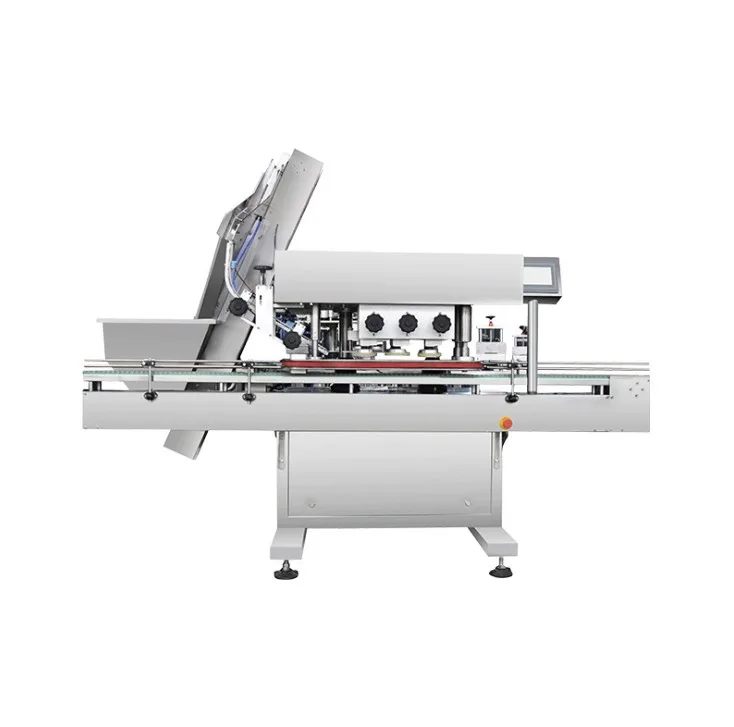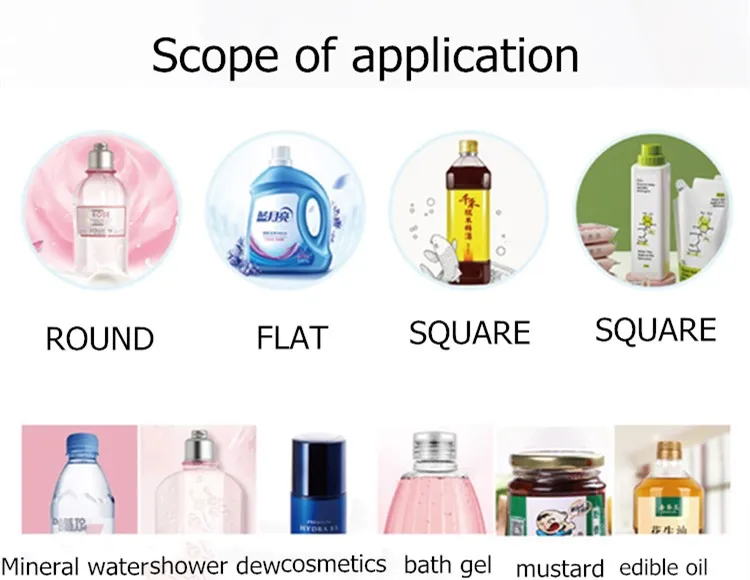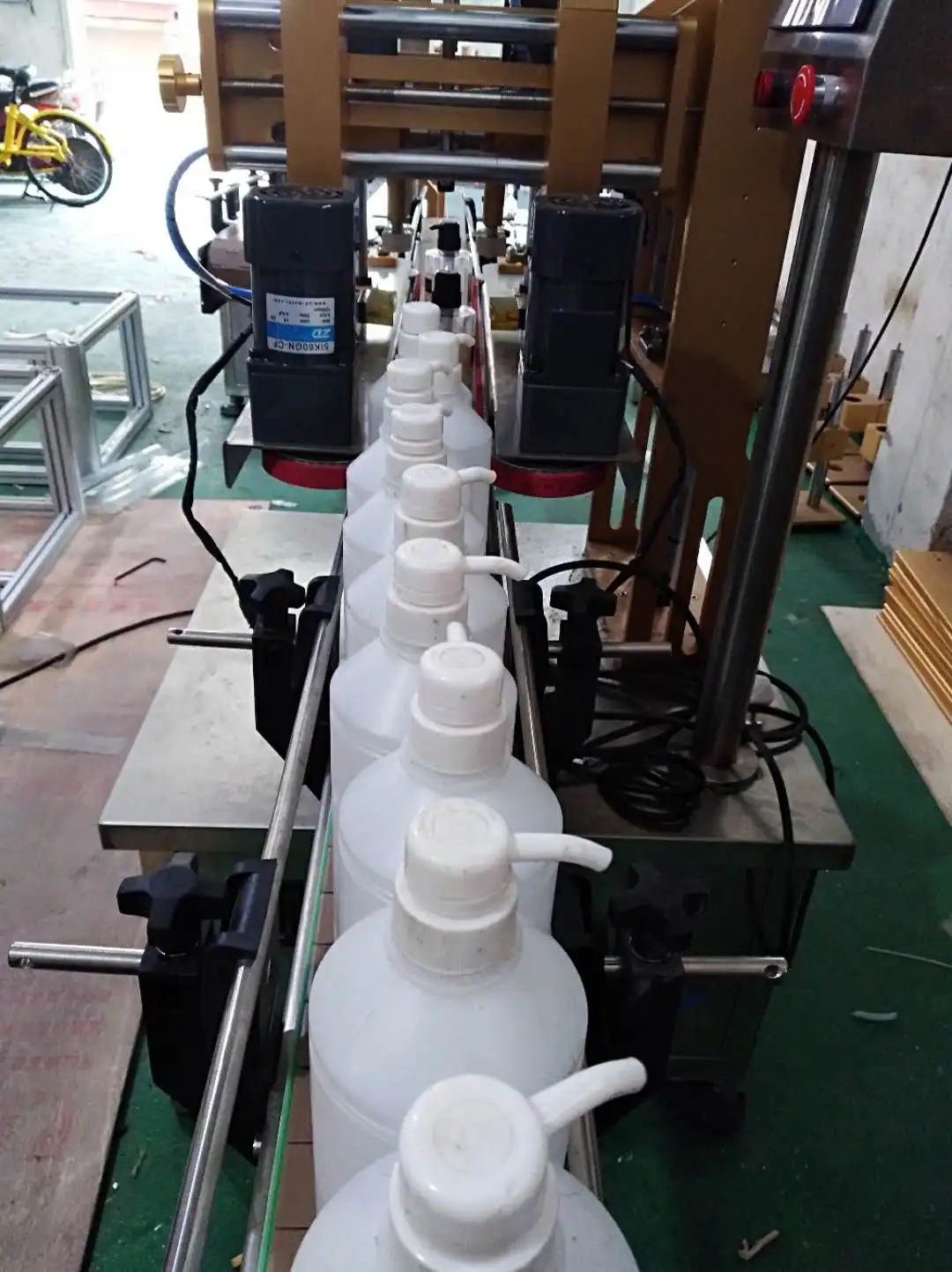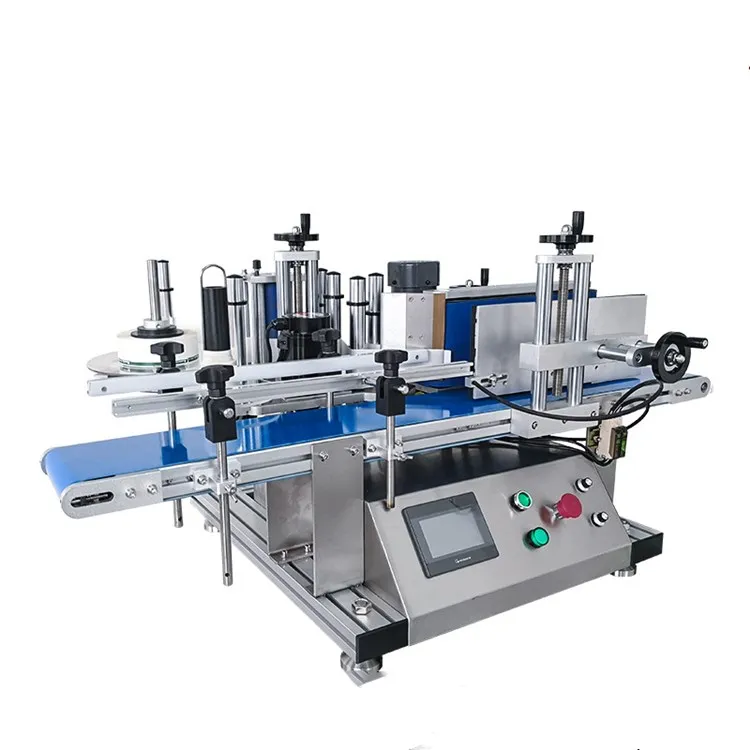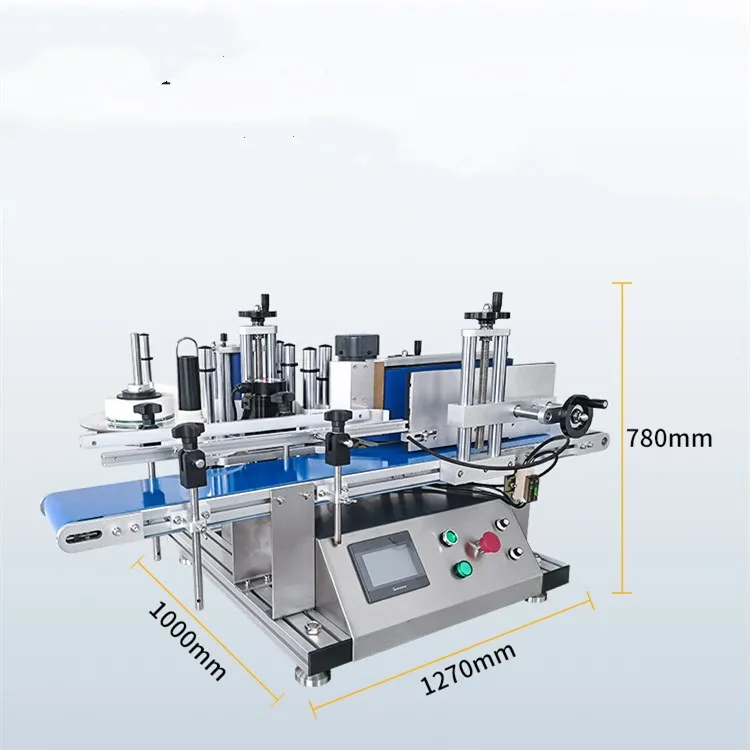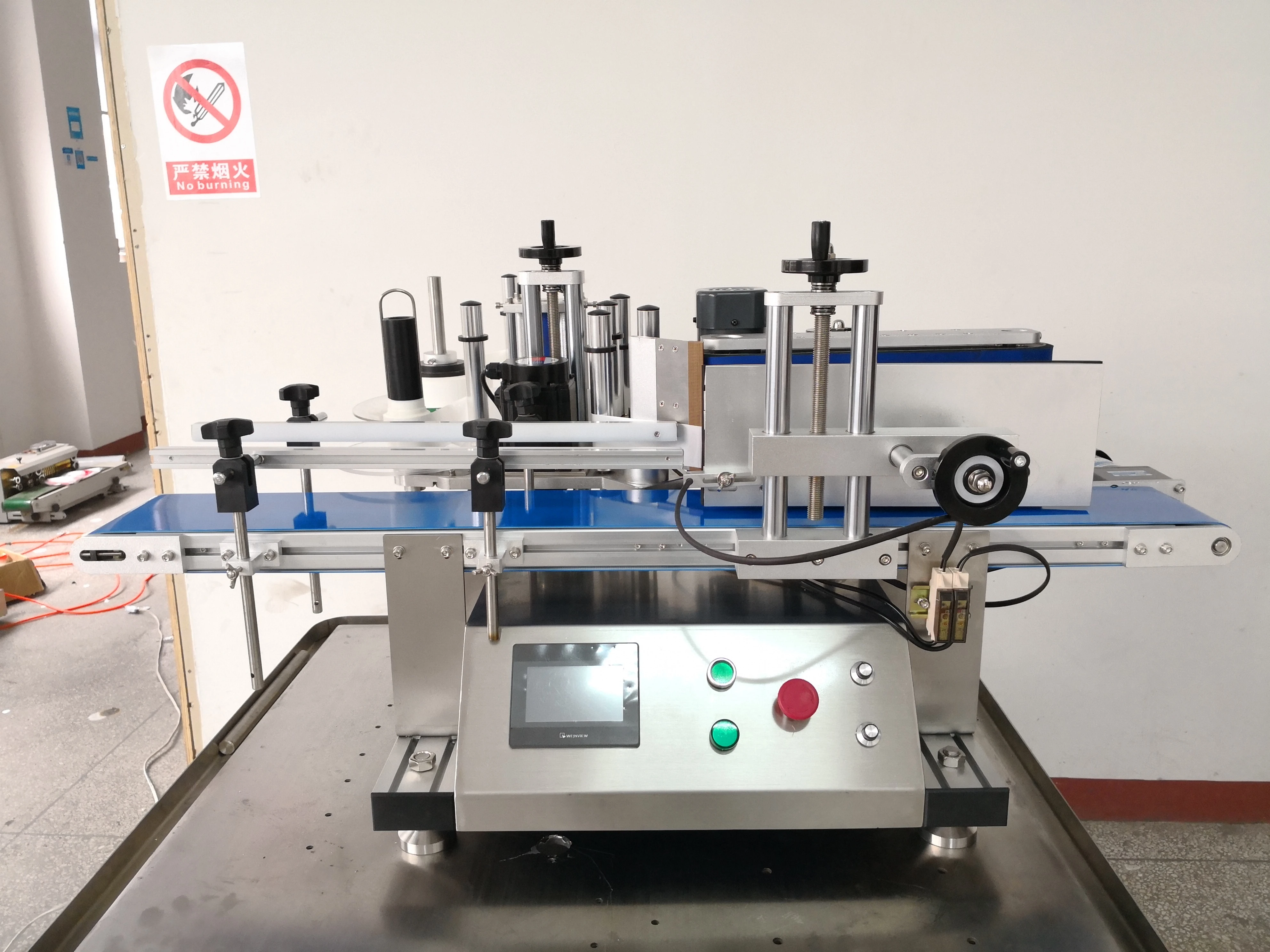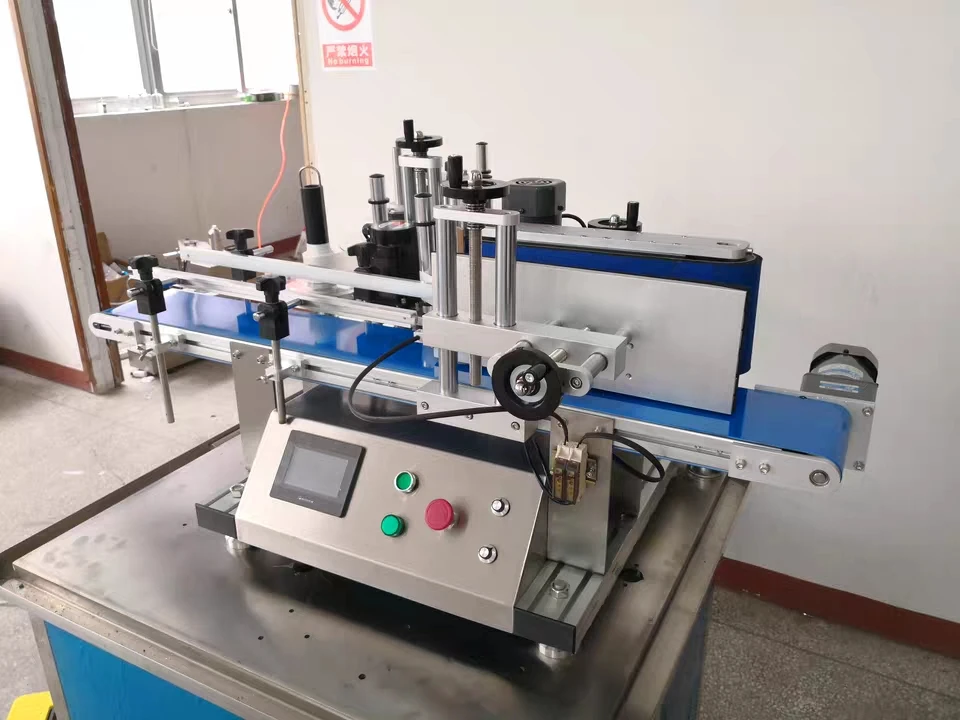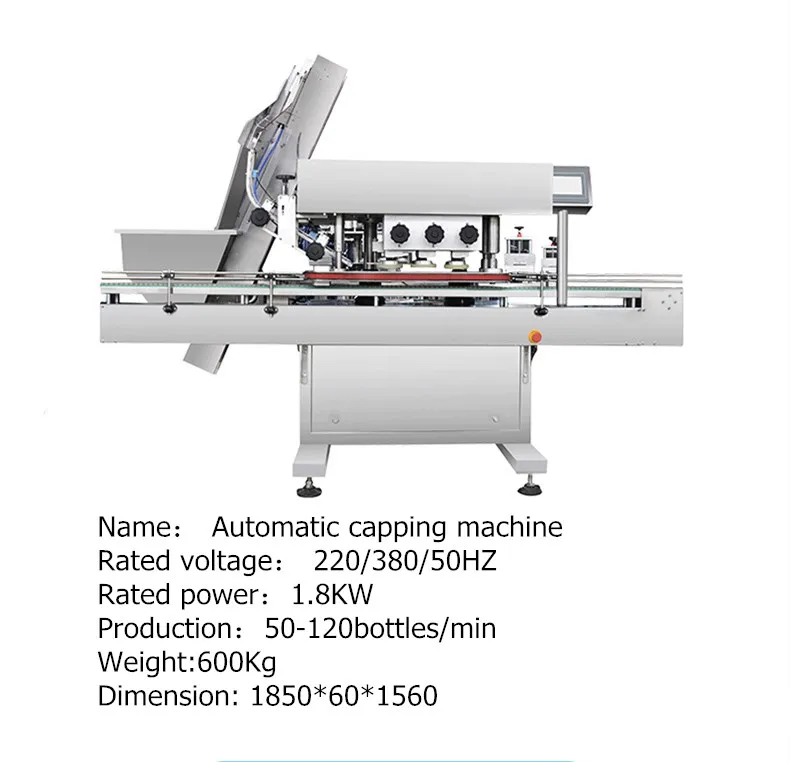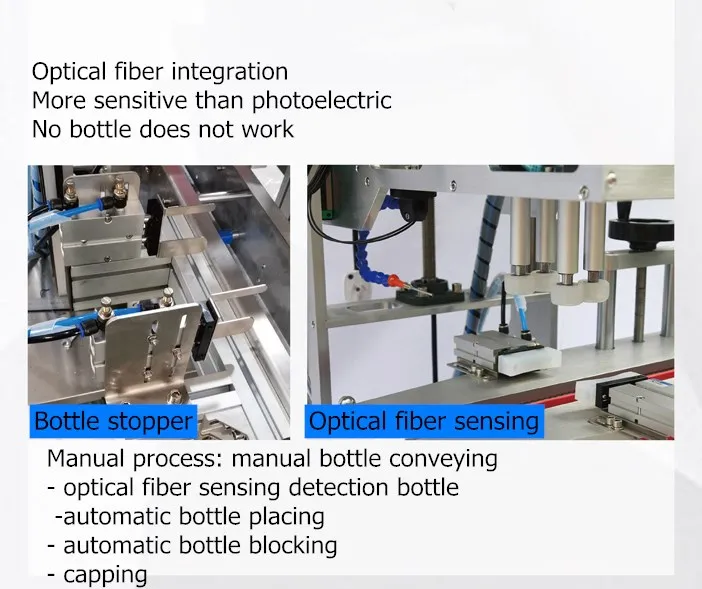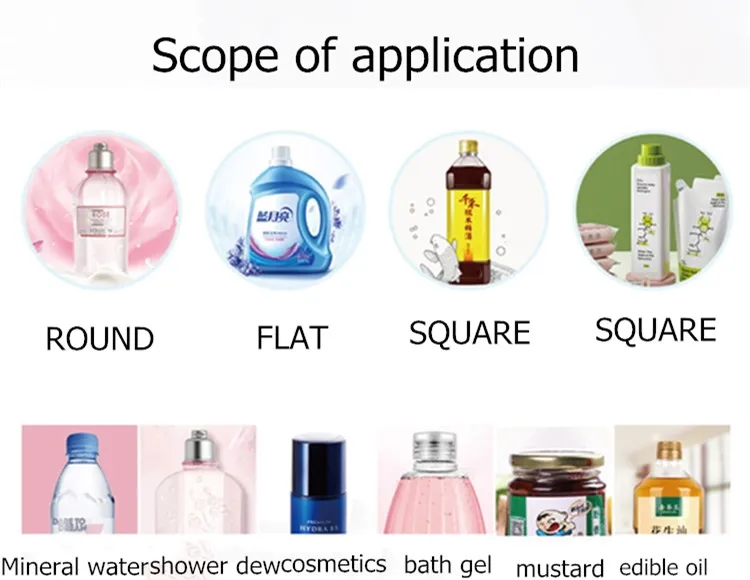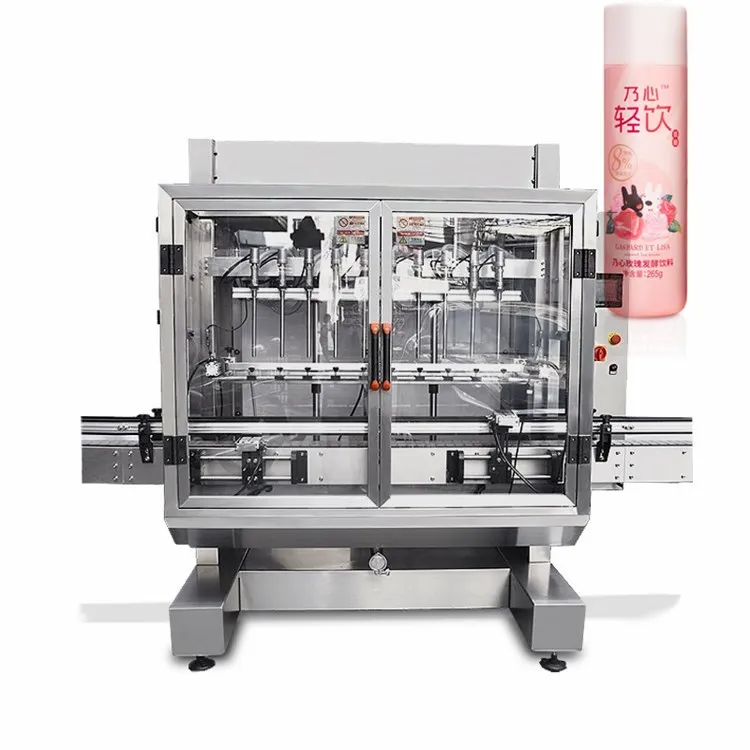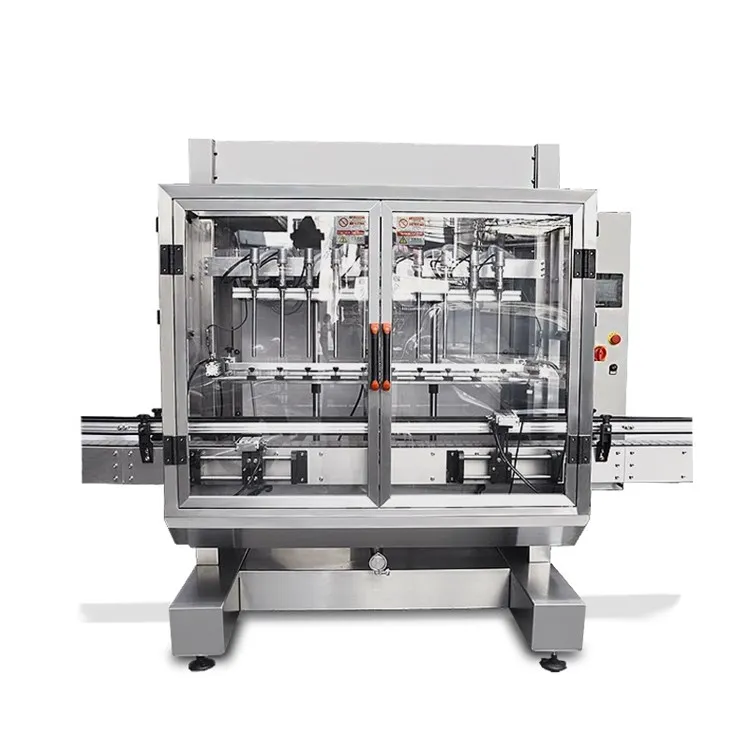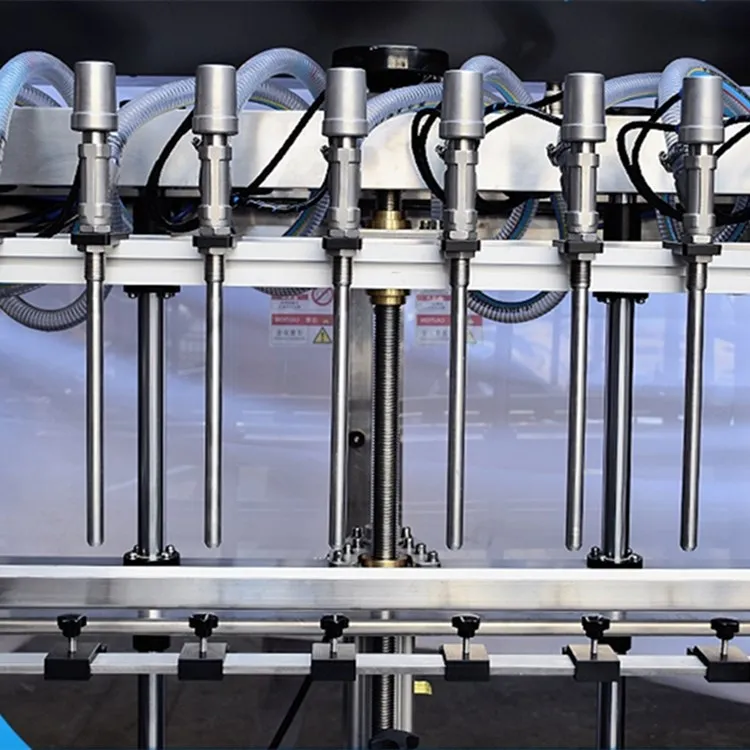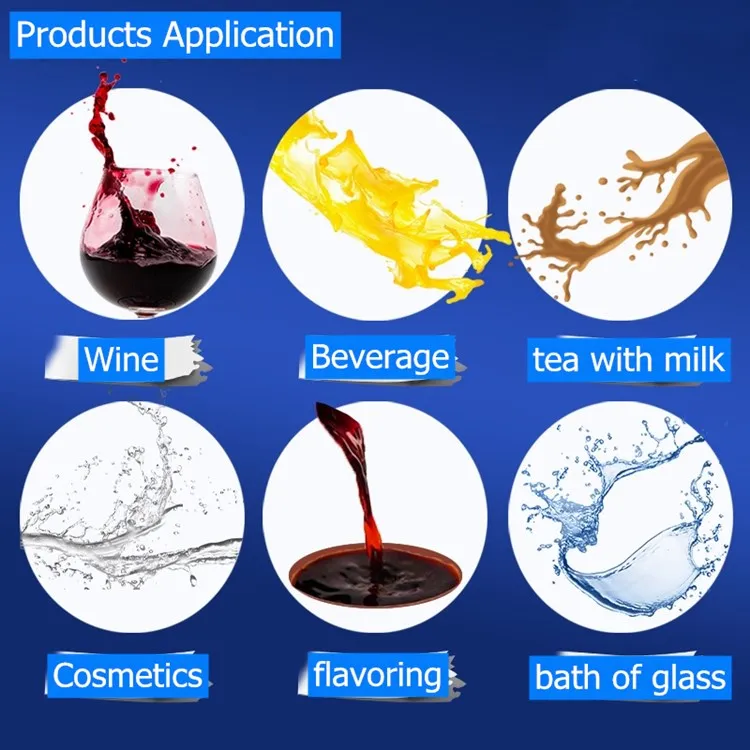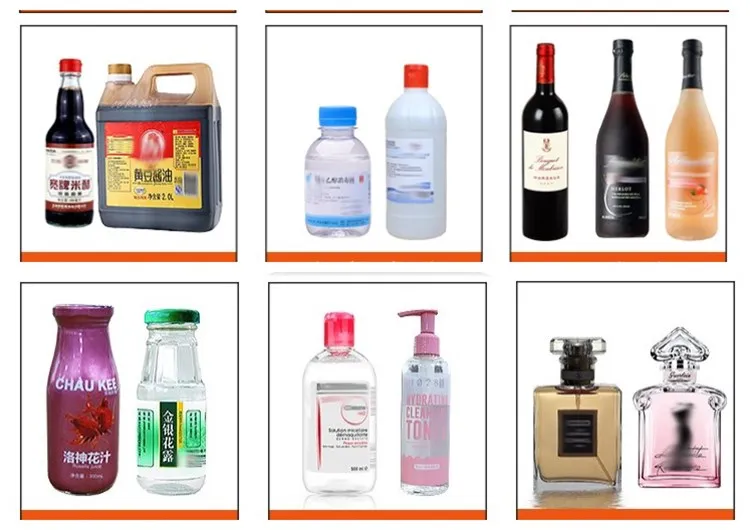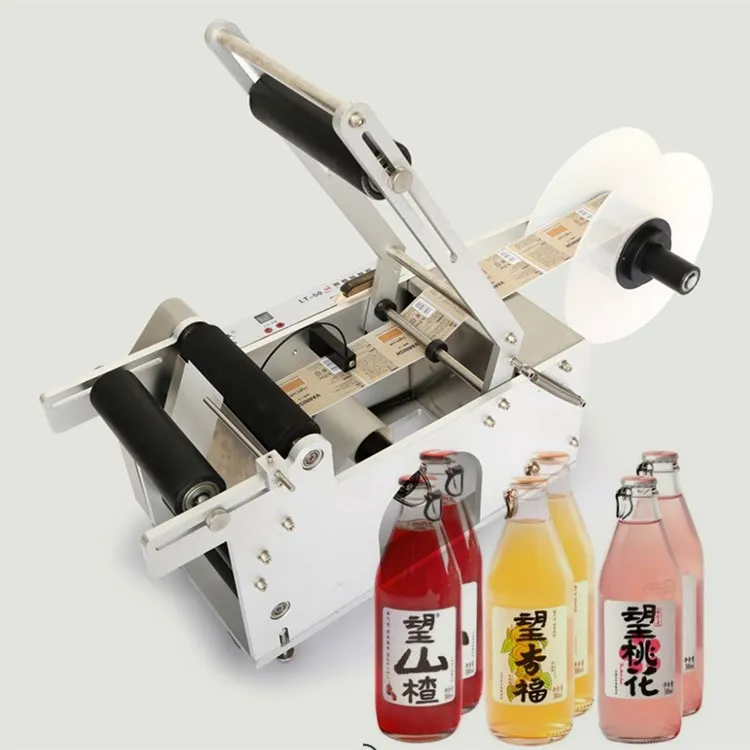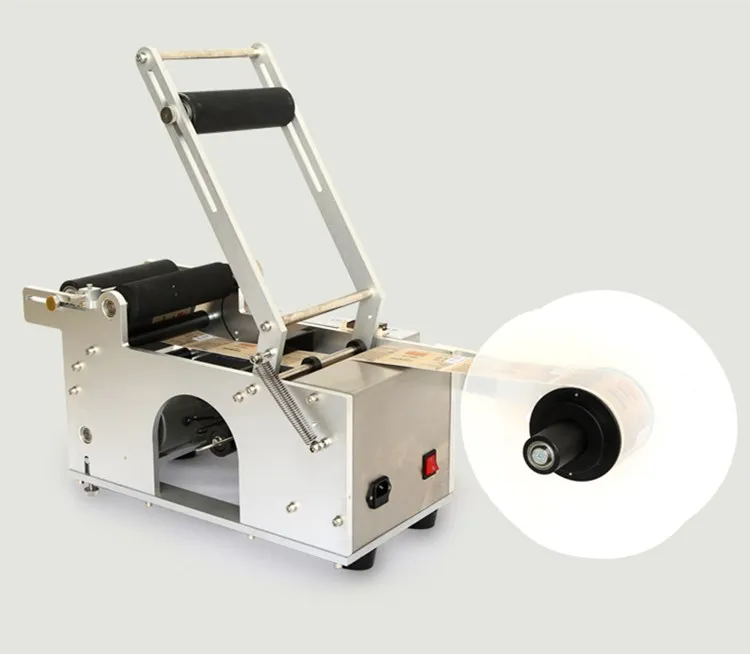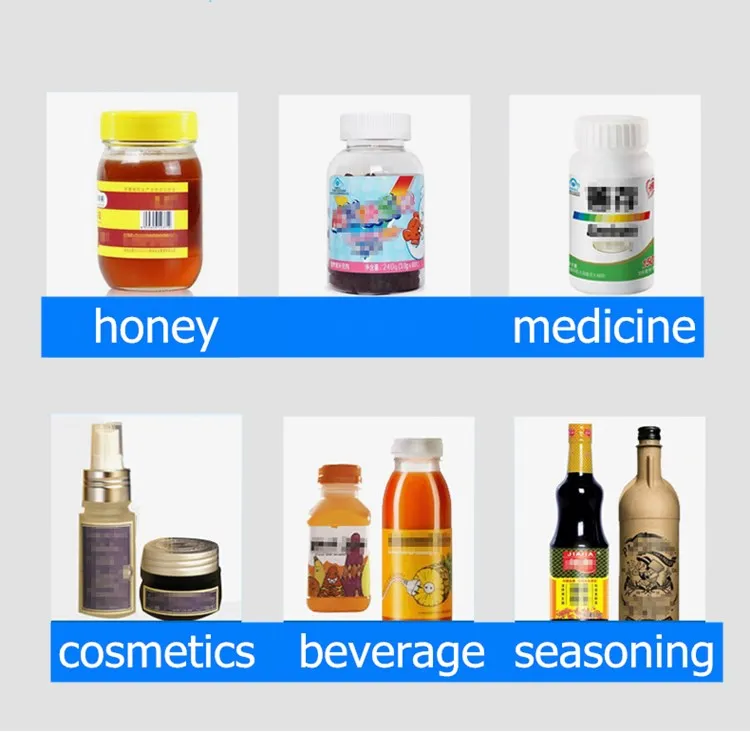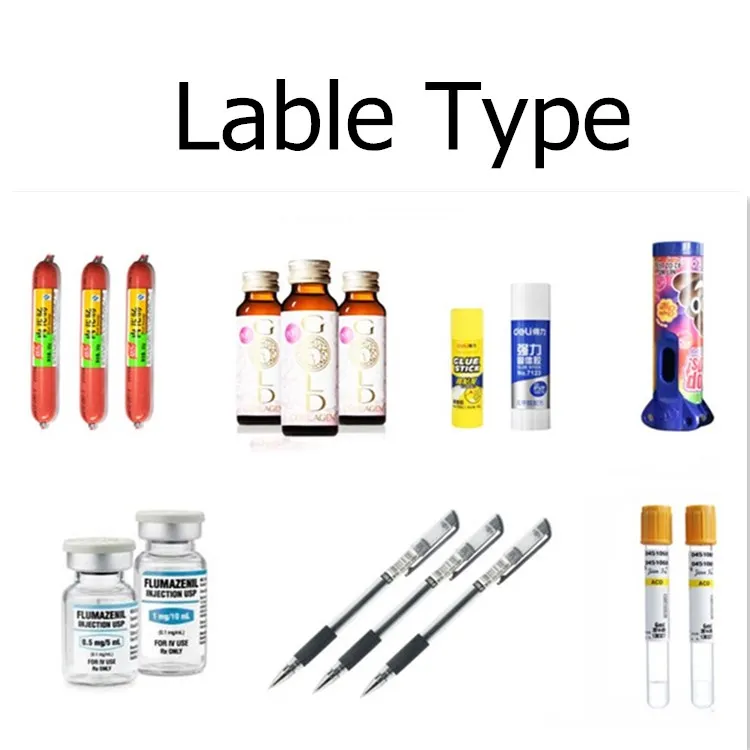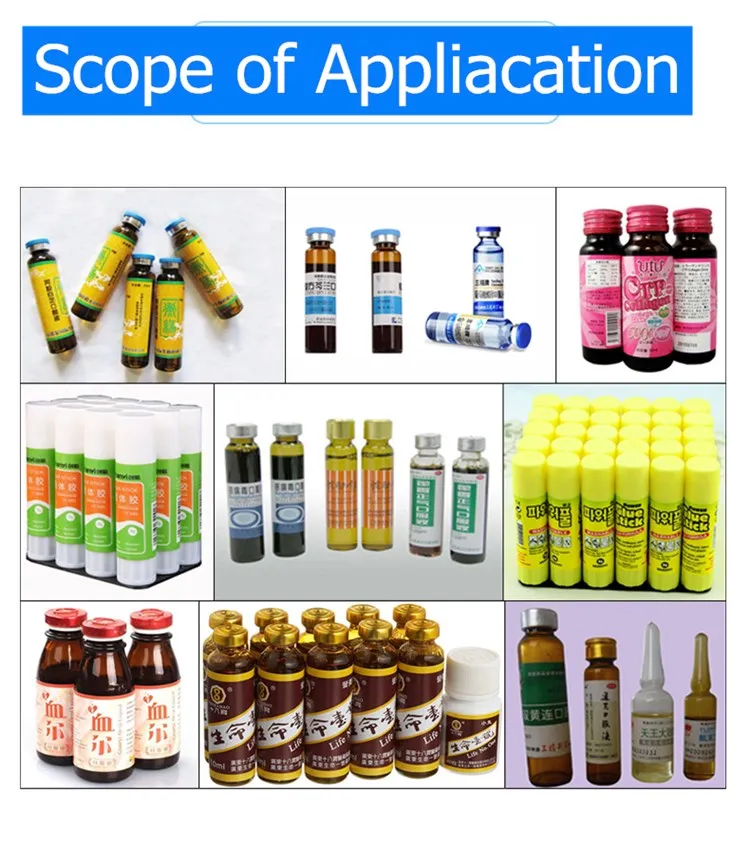Essential Oil Bottles: A Buyer's Guide to Quality and Functionality
Essential oil bottles are a must-have for anyone who uses or sells essential oils. These small but crucial containers protect the oils from light, air, and contamination, ensuring their longevity and potency. Whether you're a personal user or a business owner, choosing the right essential oil bottles can make a significant difference in preserving the quality of your oils.
How to Find Reliable Essential Oil Bottles from China in 2025
China is a leading manufacturer of essential oil bottles, offering a wide range of options at competitive prices. To find reliable suppliers, start by researching manufacturers on platforms like Alibaba. Look for suppliers with high ratings, positive reviews, and certifications such as ISO or FDA compliance. Request samples to assess the quality firsthand before placing bulk orders. Additionally, consider working with suppliers who offer customization options to meet your specific needs.
What Buyers Should Know Before Buying Essential Oil Bottles from China
Before purchasing essential oil bottles from China, it's essential to understand the logistics, including shipping costs and lead times. Be aware of import regulations in your country to avoid delays or additional fees. Communicate clearly with suppliers about your requirements, such as bottle size, material, and design. Negotiate pricing and payment terms to ensure a fair deal. Lastly, always have a backup supplier in case of unforeseen issues.
Types of Essential Oil Bottles
There are several types of essential oil bottles, each suited for different purposes:
- Amber Glass Bottles: Protect oils from UV light, ideal for long-term storage.
- Cobalt Blue Glass Bottles: Offer similar UV protection with an aesthetic appeal.
- Plastic Bottles: Lightweight and shatterproof, but not ideal for long-term storage.
- Roll-On Bottles: Convenient for topical application.
- Dropper Bottles: Perfect for precise dispensing.
Functions and Features of Essential Oil Bottles
The primary function of essential oil bottles is to preserve the integrity of the oils. Key features to look for include:
- UV Protection: Amber or cobalt glass blocks harmful light.
- Air-Tight Seals: Prevents oxidation and evaporation.
- Dropper or Spray Caps: Ensures easy and controlled application.
- Durability: High-quality materials resist breakage.
Scenarios of Essential Oil Bottles
Essential oil bottles are used in various settings:
- Home Use: Storing personal collections of essential oils.
- Retail: Packaging oils for sale in stores or online.
- Aromatherapy Clinics: Dispensing oils for therapeutic use.
- Travel: Small, leak-proof bottles for on-the-go use.
How to Choose Essential Oil Bottles
Selecting the right essential oil bottles depends on your needs:
- Material: Glass is best for long-term storage; plastic is lightweight but less durable.
- Size: Choose based on the volume of oil you need to store.
- Closure Type: Dropper caps for precise use, spray caps for misting.
- Design: Consider aesthetics if selling the oils.
Essential Oil Bottles Q & A
Q: Can I reuse essential oil bottles?
A: Yes, but ensure they are thoroughly cleaned to avoid contamination.
Q: Are plastic bottles safe for essential oils?
A: Short-term use is fine, but glass is recommended for long-term storage.
Q: How do I clean essential oil bottles?
A: Use warm soapy water and a bottle brush, then rinse thoroughly.
Q: What size bottle is best for travel?
A: 5ml or 10ml bottles are compact and convenient.
Q: Do essential oil bottles need to be dark-colored?
A: Yes, dark glass protects oils from UV degradation.














